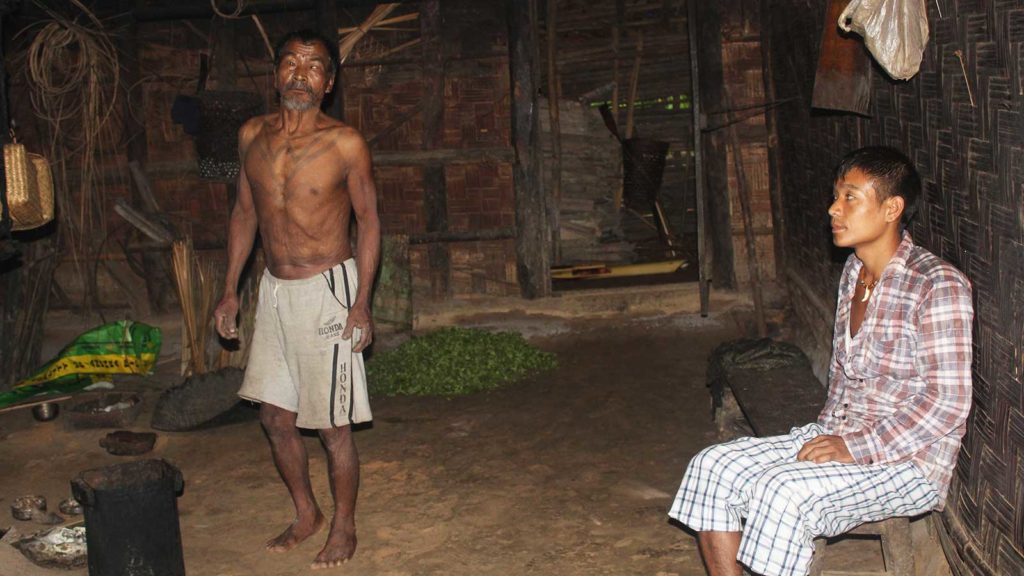No, Northeast India’s food is not all about momos & noodles. Nor are the misconceptions about cannibalism true (even though famous head hunters killed their enemies, a practice that has been discontinued, they were never involved in cannibalism).

Though a lot of dishes are non-vegetarian, there are light and also lip-smackingly pleasurable fresh vegetarian recipes made from Bamboo Shoot, Bhut Jolokia & regional greens.
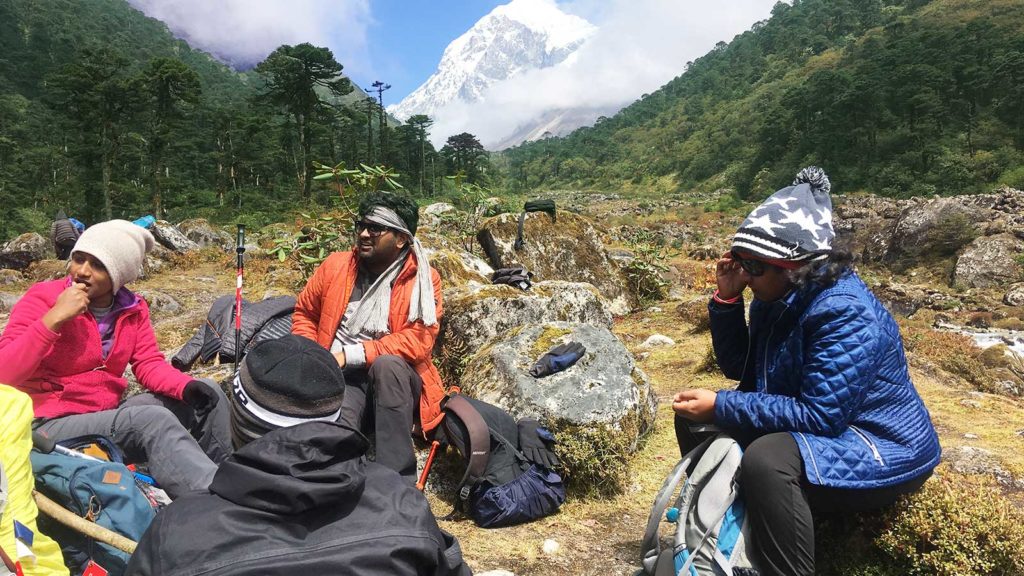
Northeast India is known for its natural resources and bamboo is quite famously used in the kitchen. With widespread availability of bamboo in the Southeast Asian region, the plant forms a way of life and the people’s culture, where it is used in almost every dish, bamboo shoots being the most popular.
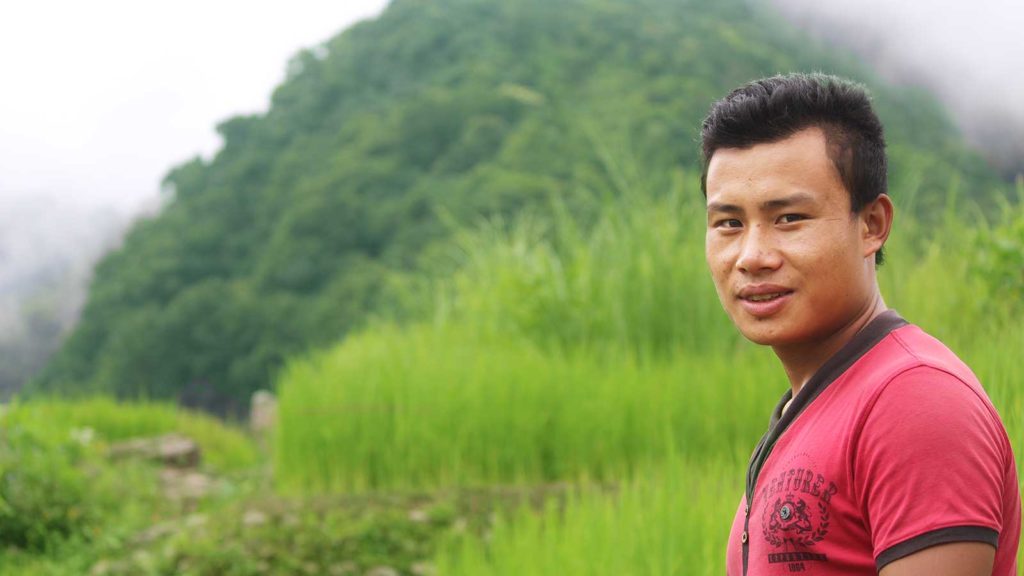
The top dishes to be savoured come from the frontier states of Arunachal Pradesh, Assam, Manipur, Meghalaya, Mizoram, Nagaland, Sikkim and Tripura and are even more diverse than the region itself.
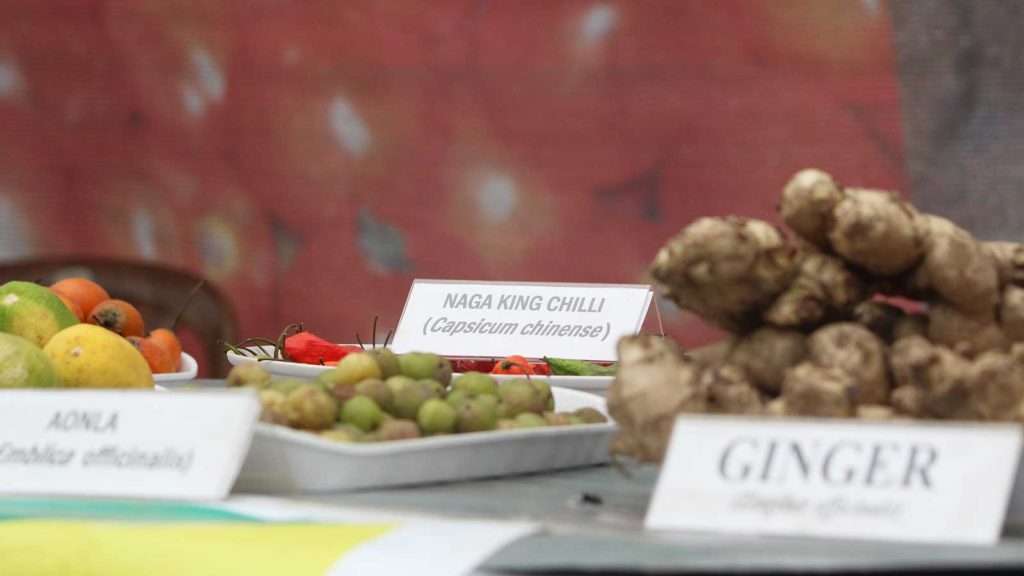
Poultry (duck, geese, chicken), beef, pork and freshwater fish supplement the necessary protein needs, and are paired with a steaming platter of rice and various green vegetables. The usage of spice is kept to a minimum, 1-2 hot chillies are enough, with an occasional use of ginger, garlic, sesame, local herbs which are aromatic and healthy but might be a bit pungent for some.
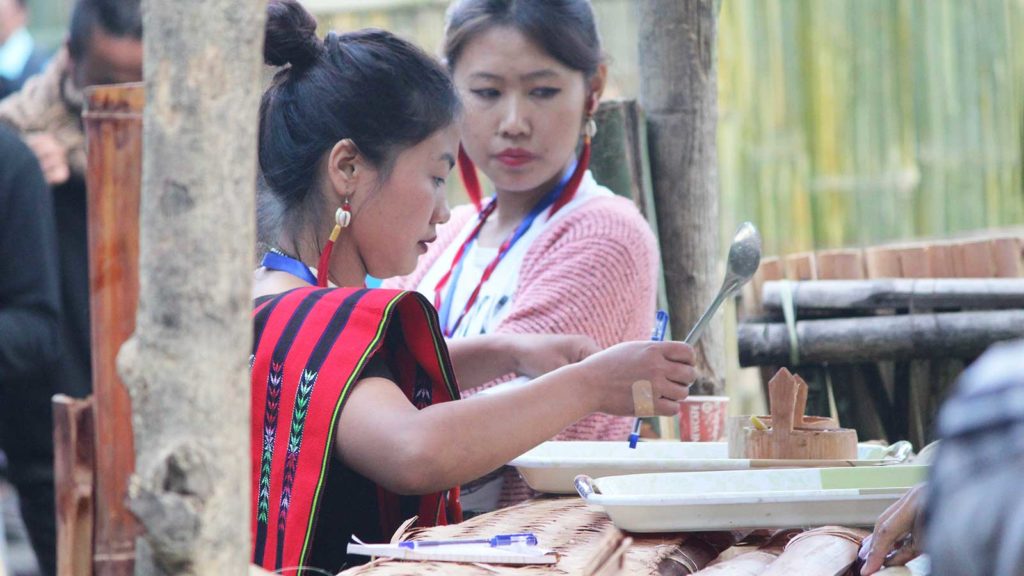
Dishes are served on fresh banana leaves. The locally made wine is their favourite beverage.
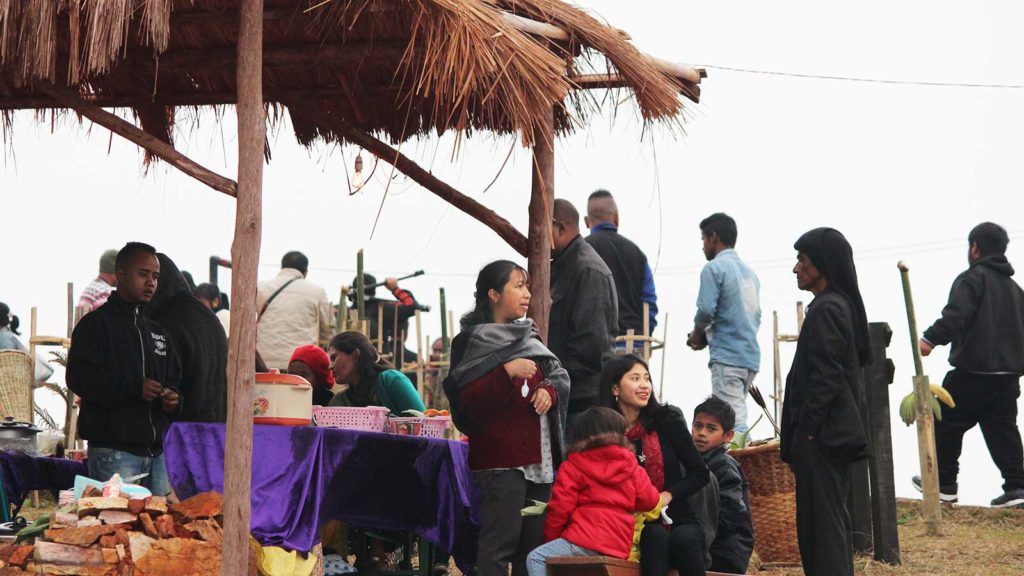
Few of the iconic foods to be tried are listed below (in no particular order):
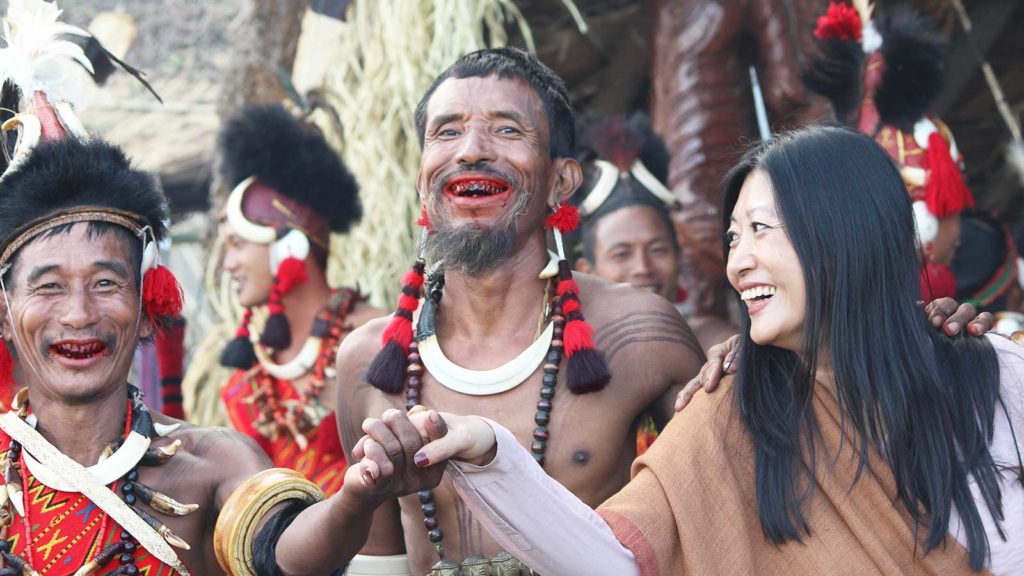
Momos: You get the best momos you’ll ever taste in your life. Thought to be of Tibetan origin, Momos are made with dough of white flour & filled with modifications of ground meat, tofu/paneer/cheese fillings.

Dawlrep Bai (Mizoram): Mizos love eating boiled vegetables along with rice. A popular dish is Bai, made from boiling vegetables (spinach, eggplant, beans, and other leafy vegetables) with bekang fermented soya beans or Sa-um, a fermented pork, which is served with rice.
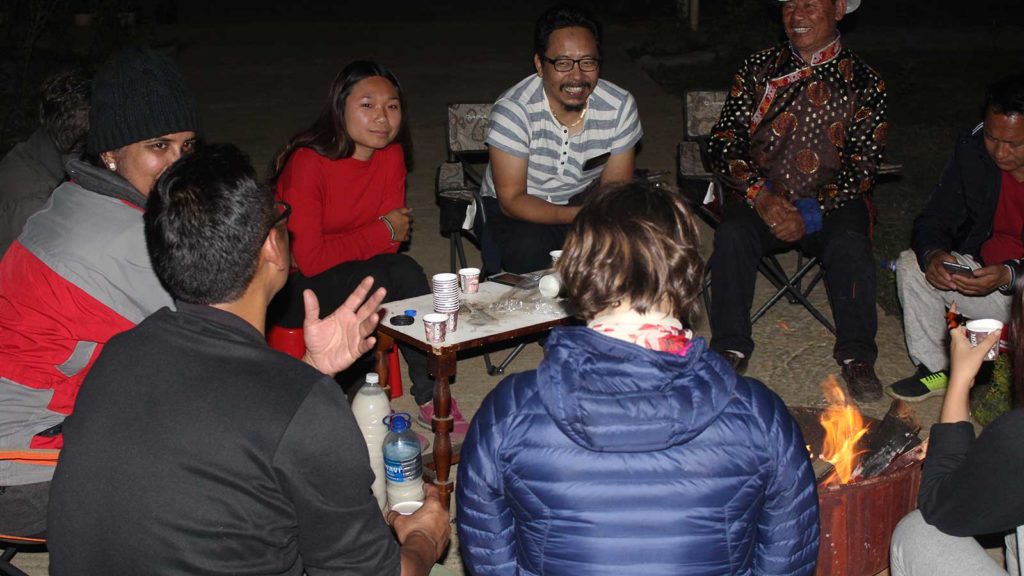
Jadoh (Meghalaya): Most of the Khasi food involves some or the other form of meat. Vegetables are consumed as salads. Jodoh can be equated to Biryani, a popular dish across India, and consists of red rice, cooked with generous amounts of pork meat. Sufficient green chillies, onions, ginger, turmeric, black pepper, bay leaves with pork chops are added and fried, after which the red rice is added and cooked with the mixture.
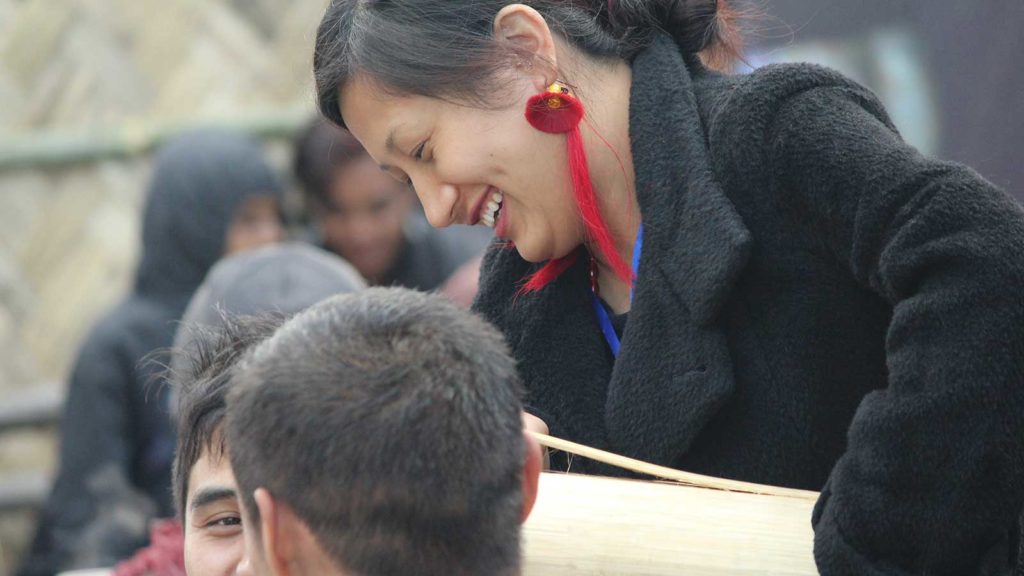
Bamboo Shoots fry (Nagaland): Bamboo shoots are a versatile ingredient from Northeast India and have high nutritional value, are low in fat, rich in vitamins, cellulose and amino acid, and can be enjoyed as fermented form or pickle, raw, fresh or even dried. Bamboo shoots are used along with non-vegetarian ingredients especially pork, chicken and small freshwater fish. Most popular dish is smoked pork with bamboo shoots from Nagaland.
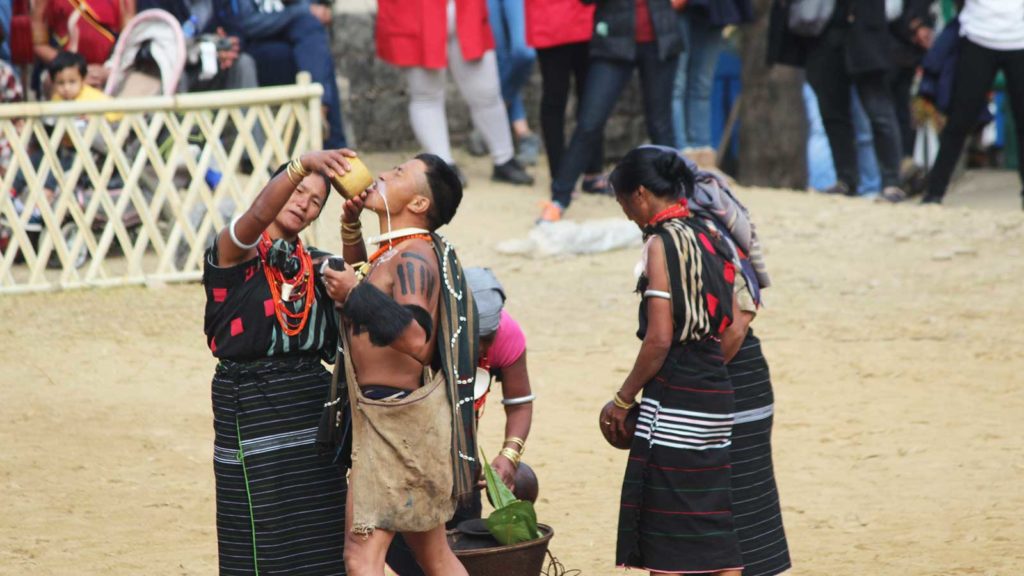
Iromba (Manipur): Iromba is a healthy Manipuri dish made originally from fermented fish and assorted fish sauce, which is served with rice. The fish is cooked along with a variety of boiled vegetables. String beans, potatoes and yams are usually used in the vegetable stew, however some choose to add mushrooms and vegetables of their choice to the combo. Sometimes, the soured dried fish in Iromba is replaced by prawns.
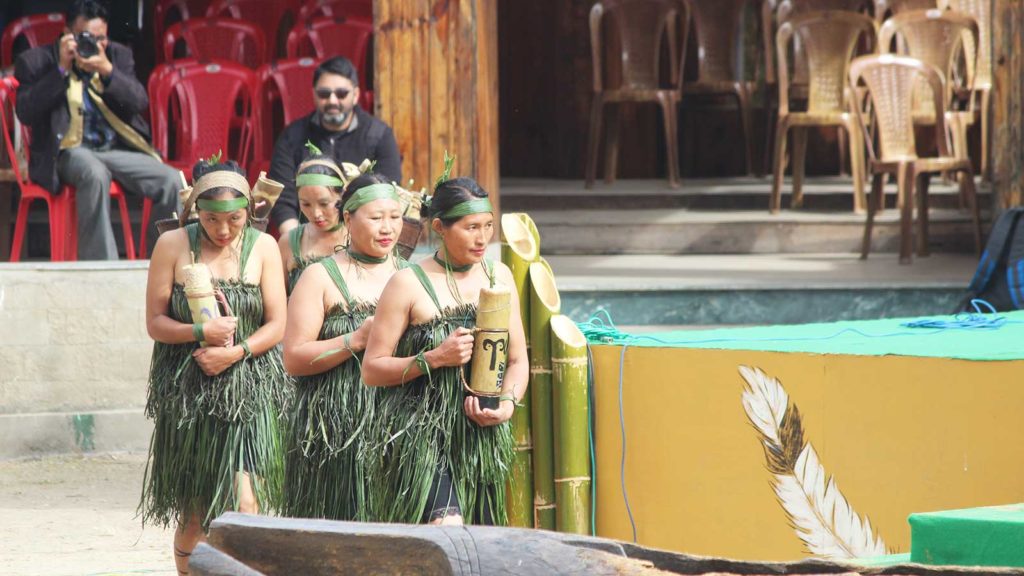
Gundruk and Sinki (Sikkim): Sikkimese are traditionally rice eaters. Nepalese cooking is incredibly standard in Sikkim as Sikkim is the state in India with a majority of ethnic Nepali residents. Gundruk and Sinki are two famous vegetarian dishes of Sikkim. These are soups savoured during winters when vegetables are in abundance. Gundruk is prepared using leaves of mustard or spinach, while Sinki is just made with radish. Radish is made to ferment, keeping or burying it inside the soil and keeping it for a week or two, which is wrapped inside a plastic bag till it builds a sour taste.
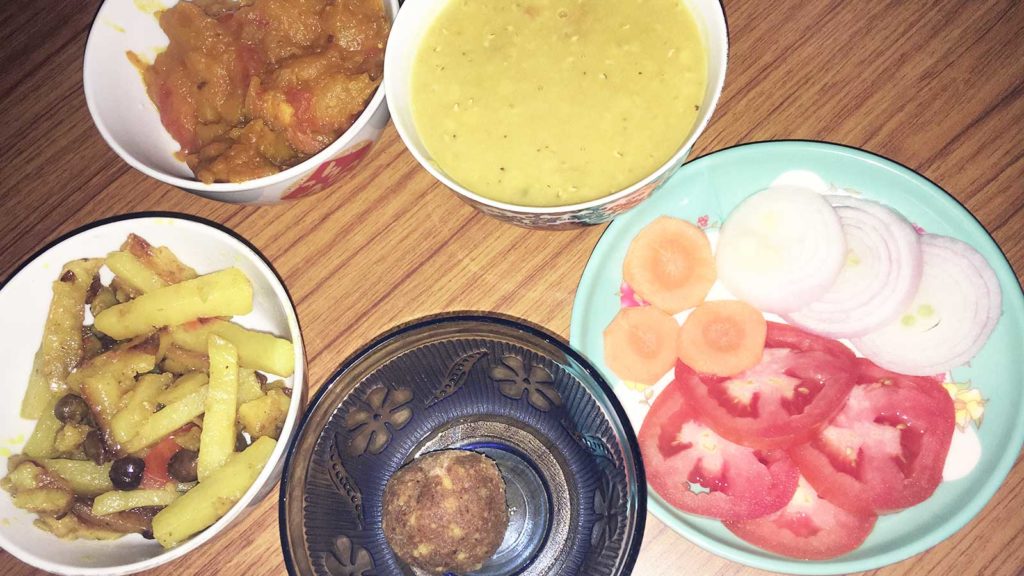
Sikkim’s own traditional drink, Chaang, is most popular and has a significant ritual importance within the local tribes. It is made by fermenting rice, maize, millet etc.
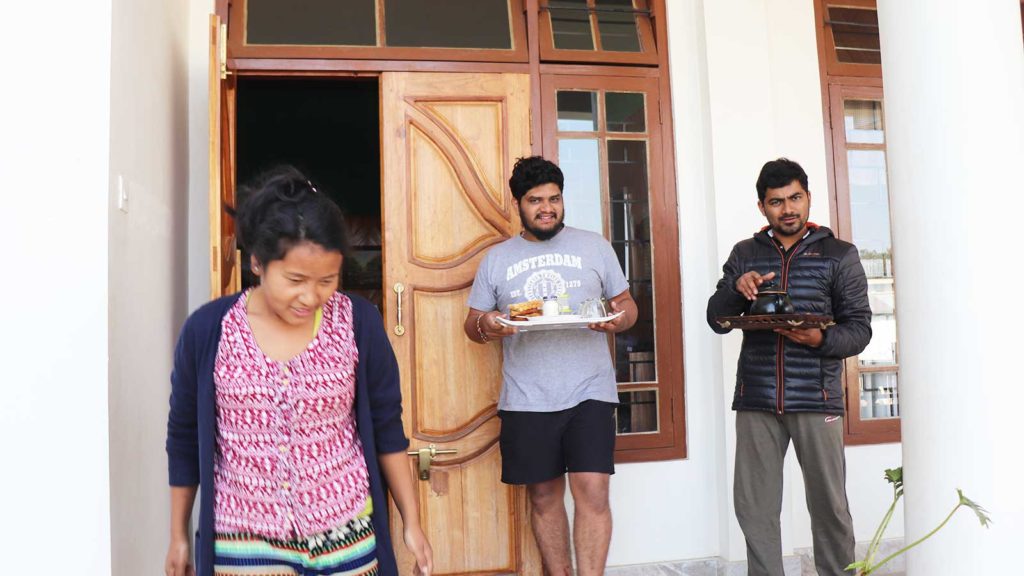
Thukpa (Arunachal Pradesh): Thukpa is a Tibetan noodle soup with origins in the Eastern part of Tibet & its variants famous among Himalayan people and states of Sikkim, Assam, Nagaland and Arunachal Pradesh, as well as Ladakh. It’s a type of porridge made from flat noodles along with locally sourced vegetables (occasionally meat). It helps the locals to stay warm and cozy during the freezing winters of Arunachal Pradesh. The vegetarian Thukpa is hearty, refreshing, filling and nutritious. Similar to Thukpa (made from flat noodles), another similar variety is the Thenthuk , made from hand-pulled or bite sized pieces of flat noodles.
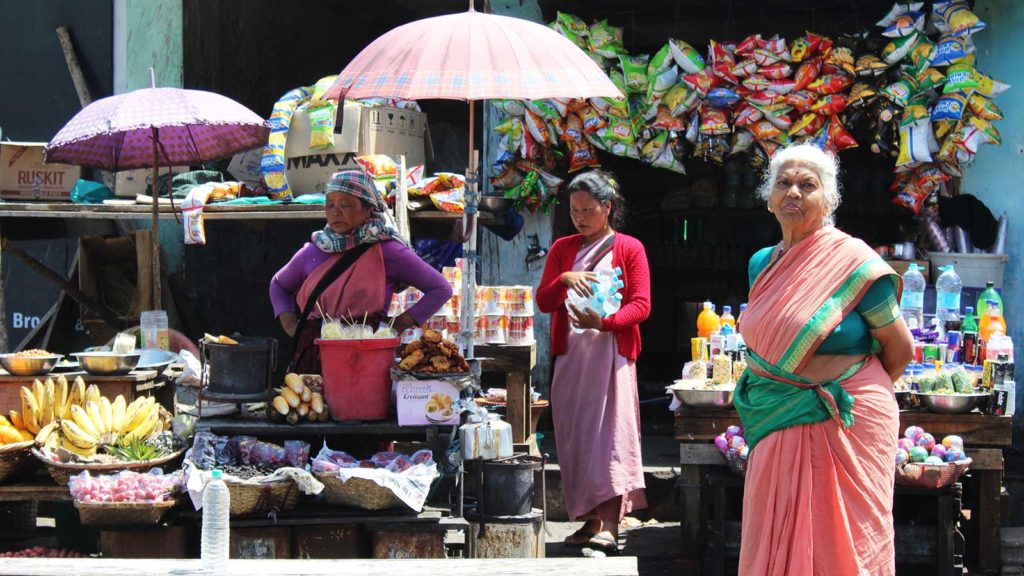
Kosoi Bwtwi (Tripura): A vegetarian delicacy made with protein rich tofu and lots of green beans stir-fried with simple spices. The large Bengali community largely contributes to the cuisines recipes of Tripura.
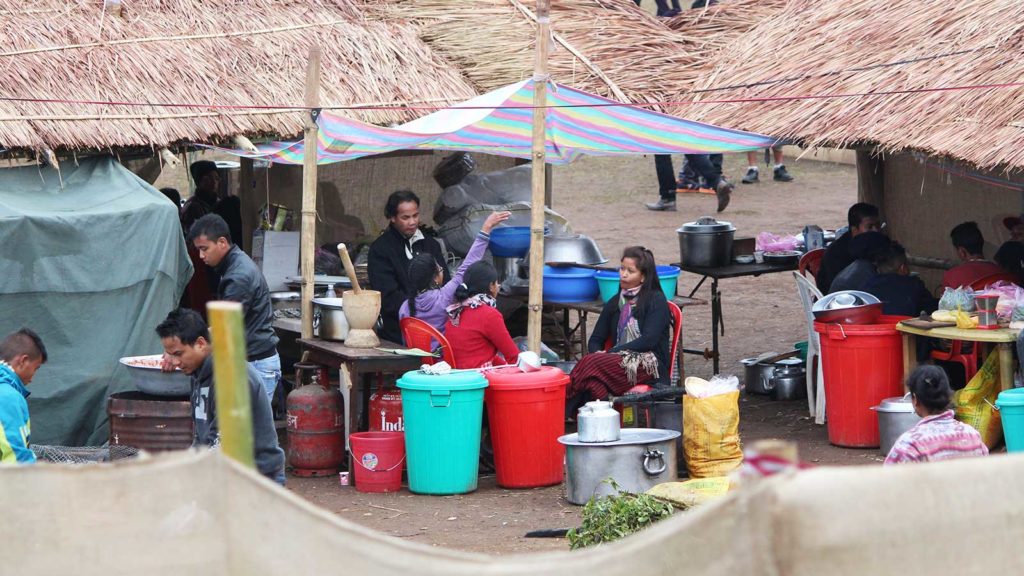
Although Tripura’s cuisine is predominantly non-vegetarian, there are a few Tripuri (people of Tripura) who follow vegetarianism. Regular vegetables that are popularly used are pumpkin, bamboo shoots, brinjals, corn and chilies. Kosoi Bwtwi is made from beans, along with dry fish and very little spices.
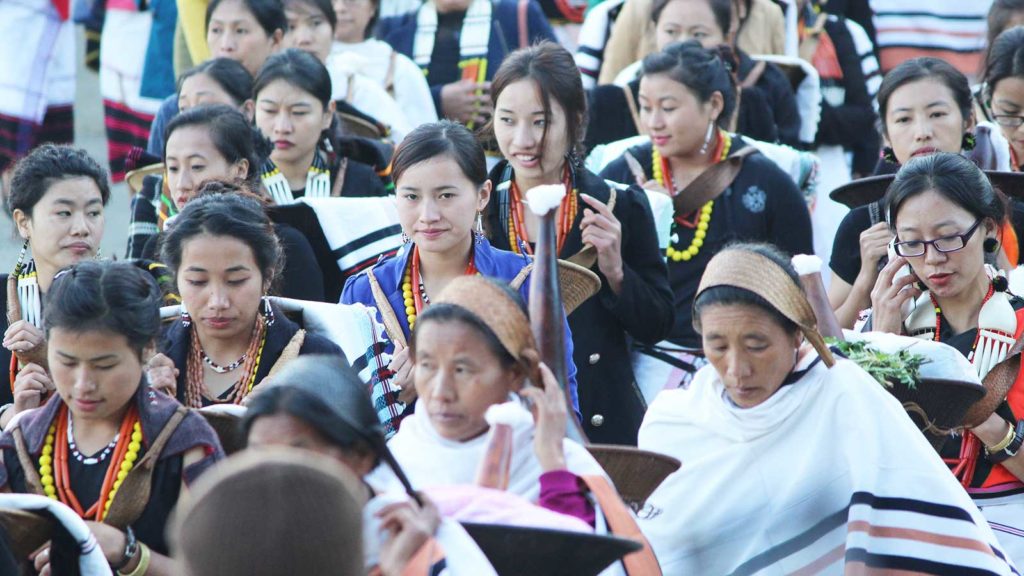
Fish Tenga (Assam): The most popular dish of Assam is ‘Tenga’ which is prepared using tomatoes, kaji lime, thekera and other vegetables. Fish Tenga/Masor Tenga is a fish curry prepared with Elephant Apple which gives it a sour taste, and spices which enhance its aroma.
